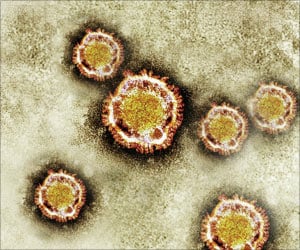Candida auris causes outbreaks in a way that has never been seen before, and it doesn’t respond to the few drugs available to treat fungal infections.

‘The source of infection isn’t the person who got sick. Instead it is the hospital environment, including catheters, counters, and other surfaces.’





C. auris is causing very serious wound and bloodstream infections in people who are already hospitalized and ill. So it’s behaving like the bacteria that are known to cause deadly health-care–associated infections—organisms such as MRSA, Klebsiella, and Acinetobacter that reach patients on health-care workers’ hands and via contaminated hospital equipment. The CDC announcement marks the second time this year the agency has raised the alarm about C. auris. In June, the CDC sent a warning to U.S. hospitals to begin watching for the pathogen, alerting them that C. auris behaves in ways that are unlike other fungal infections and that it's both difficult to detect and hard to treat.
The CDC says that the warning elicited reports of seven sick patients in New York, New Jersey, Maryland, and Illinois. Of those infected, four people have died.
None of the cases are related, and none of the patients have anything in their recent past that would explain their infections. But four of them—the two in Illinois and one each from New Jersey and Maryland—were housed in the same health-care institutions at different times
. The organisms taken from infected people in other countries were related genetically in clades—think of them as being like families—that were similar within each country but unlike ones in other countries. The implication is that a single new superyeast has not arisen in one place and started moving across the world. Instead, perplexingly, separate strains seem to be rising in different places at the same time.
Advertisement
People with serious long-term conditions often cycle between different facilities, such as from a hospital to a long-term care unit or a nursing home, and it’s already known that such transfers can cause infections to spread back and forth through health care. So until the source of C. auris is found or a treatment is identified, isolating patients, enforcing strict precautions for health-care workers, and cleaning hospitals ultra-thoroughly may be the only protections.
Source-Medindia















